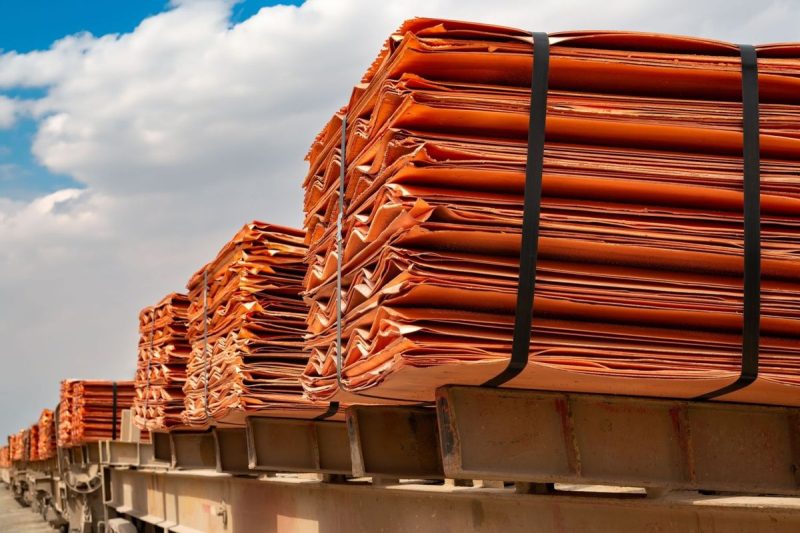Robert Friedland: No Rational Price for Copper as Essentially Infinite Demand Meets Short Supply
Robert Friedland, a prominent figure in the mining industry, has recently sparked conversations with his bold statement that there is no rational price for copper. This assertion comes as a result of the intersection of essentially infinite demand for the metal and a limited supply. In a world where copper is integral to technological advancements, energy infrastructure, and sustainable development, the dynamics of its availability and pricing have profound implications.
Friedland’s observations are rooted in the fundamental role that copper plays in modern society. As the backbone of electrical systems, a crucial component in renewable energy technologies, and a vital element in the production of electric vehicles, copper has become indispensable. The transition towards a greener economy only amplifies the demand for this versatile metal, as countries strive to reduce their carbon footprint and achieve ambitious sustainability goals.
On the supply side, challenges abound. Aging mines, declining ore grades, and geopolitical uncertainties in major copper-producing regions have led to a tightening of supply. The shift towards more sustainable mining practices has also placed constraints on new projects, further exacerbating the supply-demand imbalance. Additionally, the capital-intensive nature of the mining industry coupled with the lengthy timelines required to bring new operations online means that addressing the supply shortfall is not a quick fix.
Friedland’s assertion that there is no rational price for copper underscores the complexity of the market forces at play. Traditional economic models struggle to capture the intricate interplay between surging demand and constrained supply, leading to volatility and uncertainty in pricing. This unpredictability poses challenges for industry stakeholders, from miners and investors to manufacturers and policymakers, as they navigate a landscape where the rules of the game seem to be constantly evolving.
In response to these dynamics, innovation and sustainability will be key drivers shaping the future of the copper industry. From exploring new extraction technologies and enhancing recycling capabilities to promoting ethical sourcing practices and fostering responsible mining standards, stakeholders across the value chain must collaborate to ensure a more sustainable and secure supply of copper.
In conclusion, Robert Friedland’s provocative statement that there is no rational price for copper serves as a wake-up call for the industry to reevaluate its assumptions and strategies in light of the evolving market dynamics. The intersection of essentially infinite demand and short supply underscores the critical need for a more holistic and forward-thinking approach to address the challenges and opportunities facing the copper sector. Only by embracing innovation, sustainability, and collaboration can the industry navigate these turbulent waters and chart a course towards a more resilient and prosperous future.




























